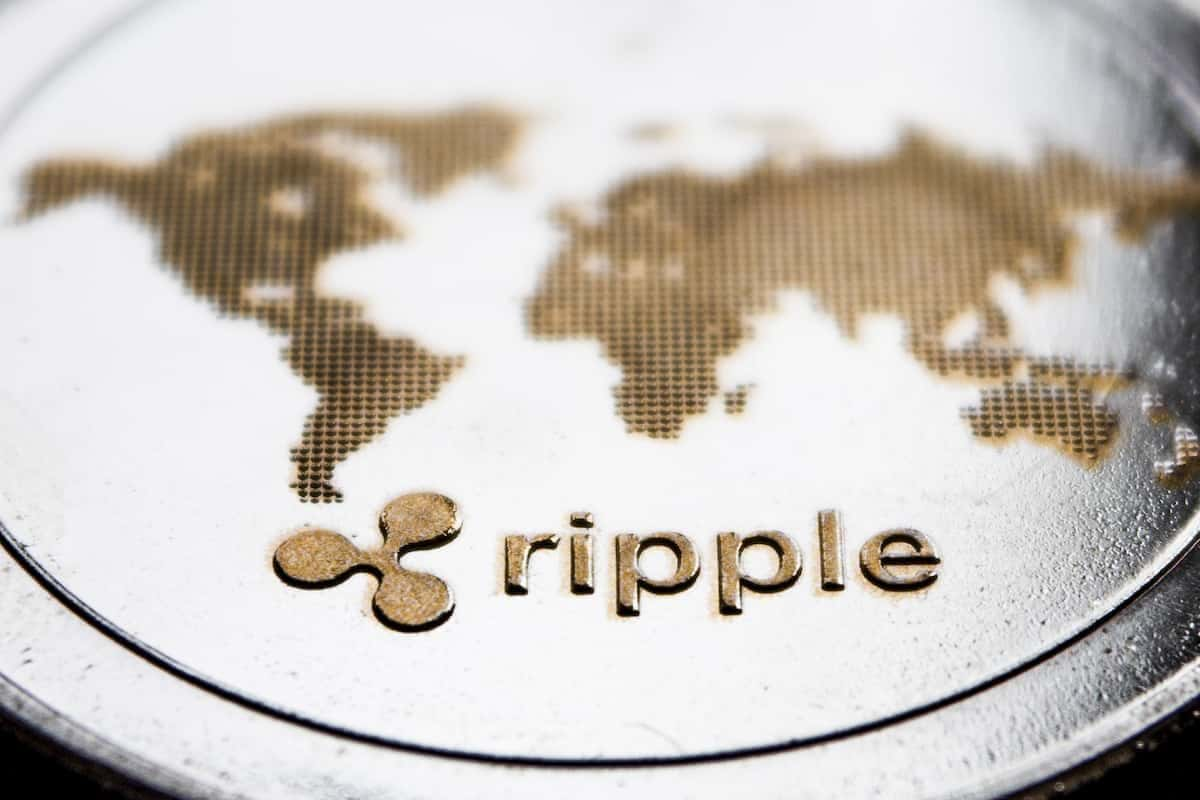Ripple, an innovative player in the world of blockchain and fintech, has emerged as a catalyst for innovation and disruption. With its unique approach to digital payments and remittances, Ripple has revolutionized the financial industry, offering seamless cross-border transactions and real-time settlements.
On Thursday, May 18, Ripple announced it is rolling out a central bank digital currency (CBDC) to enable central banks, financial service providers, and governments to launch their own digital currency.
By taking advantage of the same blockchain technology powering the XRP Ledger (XRPL), the ‘Ripple CBDC Platform’ will allow users to “holistically manage and customize the entire life cycle of fiat-based central bank digital currency, transaction and distribution,” Ripple wrote in the press release.
“As a trusted partner to several central banks, we believe this platform will help solve problems for many central banks and governments who are devising plans and developing a technology strategy for CBDC Implementations.”
– James Wallis, VP of Central Bank Engagements & CBDCs.
Operations using CBDC
In addition, the platform will allow financial institutions to manage and take part in inter-institutional settlement and distribution operations using the CBDC. It will also let global central banks issue both retail and wholesale digital currencies.
The platform’s use cases will be displayed through the e-HKD pilot, a CBDC program announced by Hong Kong’s central bank – HKMA. Meanwhile, the XRP issuer is also cooperating with the Taiwan-based Fubon Bank to create a product for real estate asset tokenization and equity distribution.
What does the CBDC platform offer?
In the press release, Ripple outlined 4 key features Ripple CBDC Platform will offer, including Ledger technology, Issuer, Operator, and End-user wallets.
As mentioned earlier, the CBDC platform represents an improved version of Ripple’s Private Ledger – which was initially introduced in 2021 to allow the issuance of CBDCs. It is powered by Ripple’s XRP Ledger – a decentralized, open-source public blockchain that lets users make fast, low-cost, real-time transfers of XRP, fiat currencies, and other crypto assets.
The ‘Issuer’ feature allows central banks and other financial organizations to manage and oversee the entire life cycle of their CBDCs, “from minting and distribution all the way to redemption and destruction,” Ripple explained.
‘Operator,’ meanwhile, is a solution that helps institutions that manage vast amounts of cryptocurrencies to manage and participate in inter-institutional settlement and distribution functions.
Finally, the ‘End user wallet’ will allow corporate and retail customers to securely store their digital assets and make payments for goods and services, just like with any other traditional banking app.
















Leave a Reply